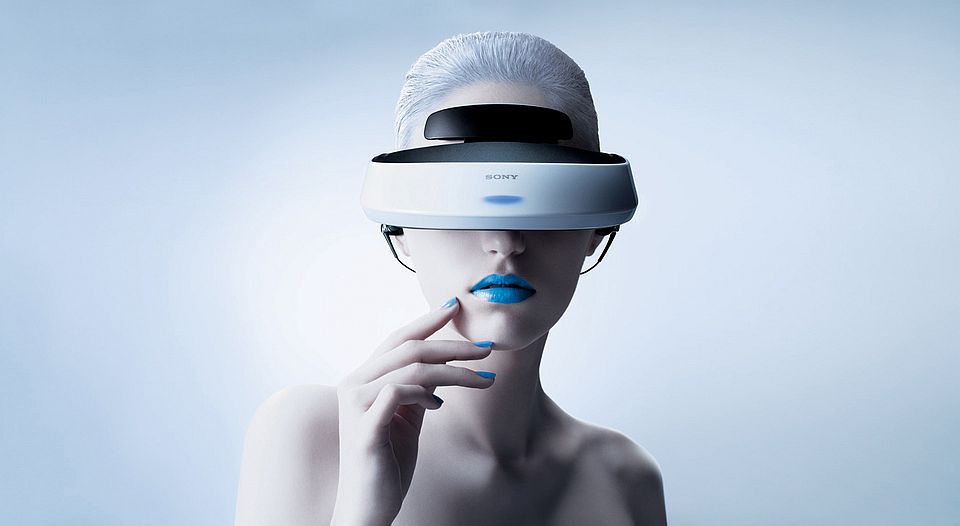Apple’s World Wide Developer Conference (WWDC) for 2015, kicking off today, introduced a number of things — some expected and some a surprise. What’s clear from the news is that Apple is making major moves in music, and also that it’s striving to take what’s best from iOS and OS X and make sure that those benefits are widely available. More than that, Apple is exerting its leverage from its strong mobile presence to grow its computing market share, pile up its lead in wearables, and prepare the way for the eventual arrival of the new Apple TV.
Let’s run down some of the key pronouncements from Apple, and what they mean.
OS X 10.11 El Capitan: Putting the Pedal to the Metal For Gaming
Normally, you wouldn’t think a new version of Apple’s operating system for desktops and laptops would be all that important — but this time, it has meaning to the games industry. Apple announced that its Metal development platform, first introduced for iOS last year to improve graphics performance up to 10x, will now be part of OS X. “Metal is a core graphics technology that gives apps near-direct access to the GPU. This means faster and more efficient rendering performance across the system,” said Apple.
The Metal API for OS X was shown off on-stage by Epic as part of its upcoming game Fortnite, and Apple’s Craig Federighi, SVP of software engineeringsaid running a game in Metal instead of the standard Open GL graphics delivers 50 percent improvement in rendering performance, 40 percent improvement in efficiency (which gives a better battery life), and 10x improvement in drawing performance. Metal will be built into Unity, Unreal Engine, and is being utilized by 2K Games and Blizzard, among others. The result should be that playing games on Macintosh computers will be significantly better than before, and we should see an expansion of game sales on the increasingly popular Macintosh platform. The new OS X will be arriving in the fall as a free upgrade.
IOS 9: Six Gaming Upgrades
Apple wasn’t leaving iOS 9, officially announced now, out of the gaming announcements — not when some 75 percent of app revenue on iOS comes from games. The company announced three new frameworks that will help game developers. Gameplay Kit helps create artificial intelligence and pathfinding for games; Model I/O lights 3D models; and ReplayKit adds, effectively, a gaming DVR so users can record and share gameplay. As for the other three upgrades, Apple announced that its existing SpriteKit, SceneKit, and Metal have all been enhanced. There are also other enhancements to iOS9, too, including a low-power mode to lengthen your battery life by up to three hours, and new productivity options for iPads. The operating system will be released in a public beta in July, will full release scheduled for the fall.
Apple Music
The long-awaited streaming music service from Apple is here, and it’s going to be $9.95 per month with a $14.95 per month family plan that you can share with up to five people. “You can stream your favorite artists, watch music videos and exclusive clips in HD, and listen to curated playlists. There’s also a feature (called “Connect”) that lets unsigned artists upload their music. Apple’s even created a global radio station called Beats 1 and hired Zane Lowe to run it,” noted The Verge. The service arrives at the end of this month for OSX, iOS and Windows, and in the fall you’ll have it on Apple TV and Android as well.
The service looks like a solid competitor to Spotify, Pandora and others already out there, and Apple’s got big plans for it — looking for 100 million subscribers, which would make it more than twice as big as all the other streaming music services combined. Apple doesn’t have a free, ad-supported tier, but it will be offering a three-month free trial of the service to get you hooked.
Apple’s Secret Weapon For Developers
Perhaps the most interesting announcement from the WWDC, which has mostly been overlooked, is this: Apple is combining all of its developer programs into one. Now, instead of paying $99 to be an OS X developer, and another $99 to be an iOS developer, you can develop for both platforms for $99 per year — and develop for the Apple Watch, as well, which is getting a full set of development tools. Here Apple is cleverly building on its global success with iOS development to help boost OS X development, and thus the market for Macintosh computers.
Beyond reducing the barriers to development, Apple is also open-sourcing its new programming language Swift, which it announced last year and has already garnered strong support among iOS and OS X developers. This is a surprising development for Apple, not usually known for giving away key intellectual properties. But open-sourcing the language makes considerable sense, because it should lead to far more rapid improvements of the language and a broader base of adoption. That’s part of what has driven Android to its dominant position as the leading mobile OS – its open-source core means developers are free to add, extend, and modify it as they desire. Apple is looking to get the same sort of benefits now.
Apple’s Market Domination Strategy
As part of its presentation, Apple also noted that the iTunes App Store has passed 1.5 million apps, 100 billion app downloads, and handed out over $30 billion to developers. These new figures mean the App Store has now passed Google Play in the total number of apps available, as Google’s latest announcement was merely “more than 1 million apps.” The $30 billion figure is even more impressive when you realize that the overwhelming majority of that money (probably at least two-thirds, perhaps three-quarters) has gone to game developers.
Apple’s improving the performance of its hardware for games, and clearly showing how important games are by bringing them on stage at every major event. This is something that would not have happened just a few years ago. The company’s new Apple Music will bring the brand even farther than before for music, especially when Apple invades Android devices this fall.
The last major part of the entertainment strategy, the new Apple TV with games and bundles of TV channels, is yet to arrive. But this fall, if Apple can conclude all the deals it is working on, will see the debut of a device that can completely change the landscape for cable companies, set-top boxes, and consoles alike. We’re already seeing some of the shifts, with HBO and Showtime now providing options for their service that don’t require you to have a cable TV subscription. Get ready for the new era of television and big-screen gaming this fall, because it promises to be a compelling entertainment experience for industry watchers.





